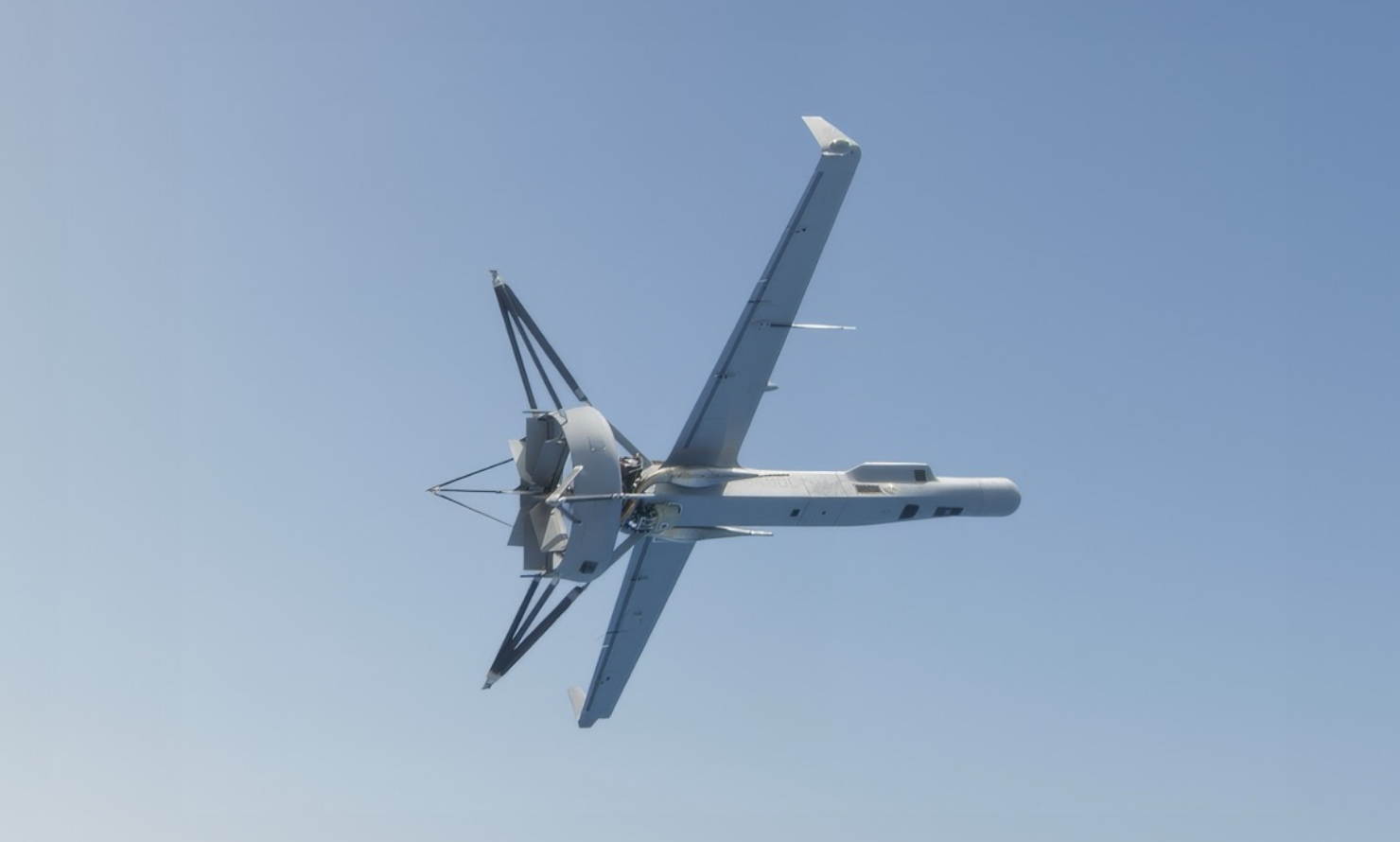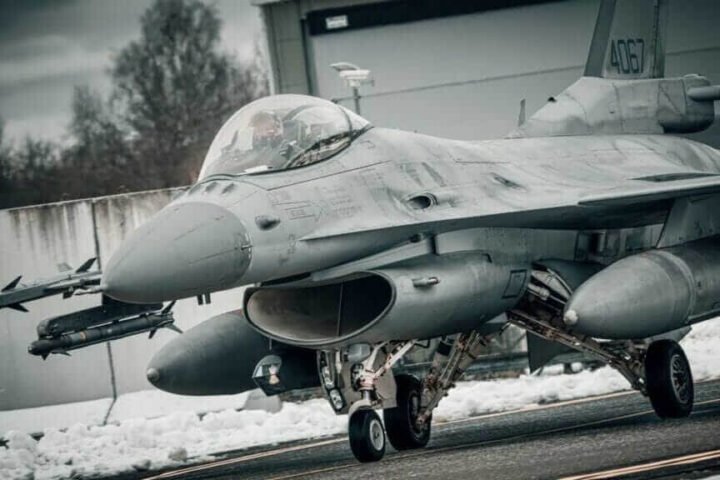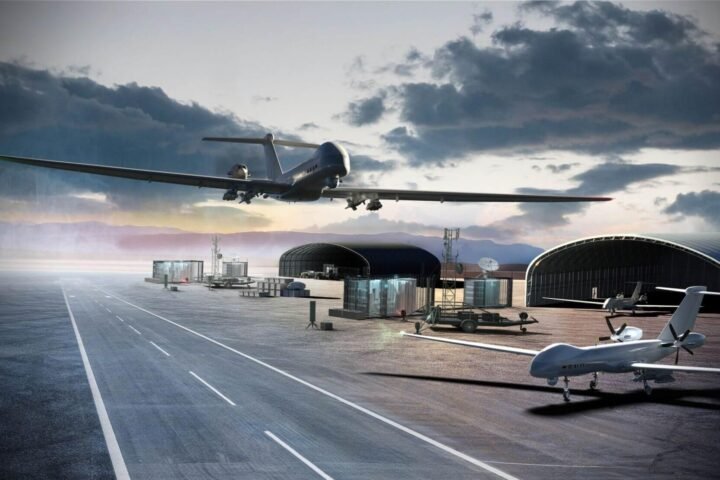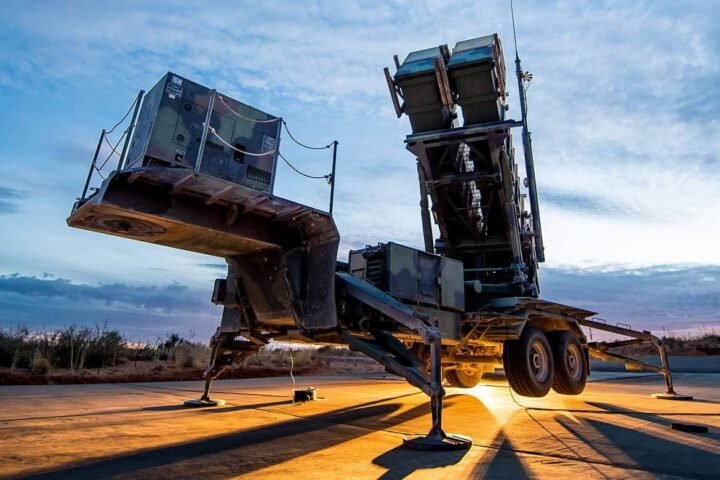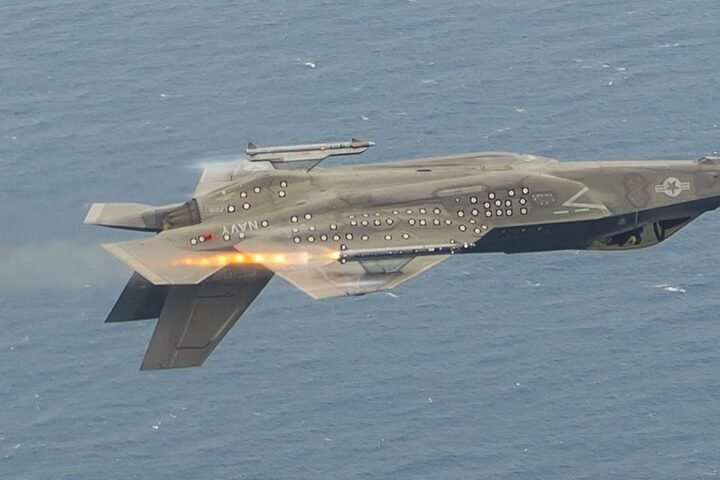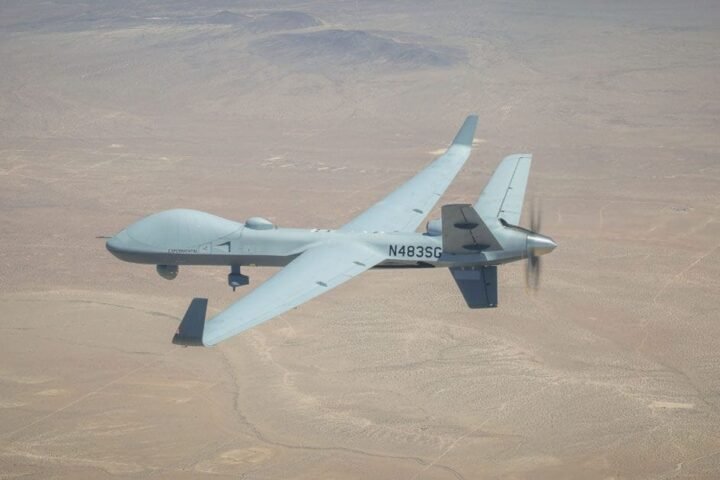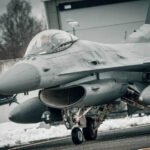The fight against drug trafficking in the Eastern Pacific enters a new phase with the operational use of the drone V-BAT, a vertical take-off platform developed by Shield AI.
In the context of Operation Pacific Viper, launched on August 20, the U.S. Coast Guard has intensified activities against transnational criminal organizations, managing to intercept several vessels, arrest traffickers, and seize thousands of pounds of narcotics destined for the North American market.

The V-BAT, already tested in military contexts and today integrated into counteroperations, represents a turning point for maritime surveillance activities.
Its tail-sitter configuration allows it to operate from small naval units without the need for catapults or tracks, making it ideal for intelligence, surveillance and reconnaissance missions. Equipped with electro-optical and infrared sensors, the drone guarantees continuous monitoring and real-time data transmission, guiding naval units and helicopters in interception phases.

During the operation, the V-BAT embarked on the USCGC Stone identified a suspicious vessel south of the Galapagos, allowing a Coast Guard helicopter to disable its engines and secure the suspects. The results were not limited to individual episodes: between August 8 and 19, the Hamilton, Stone and Venturous units intercepted several smuggler boats south of Mexico and the Galapagos, with the total seizure of over 13,000 pounds of cocaine.
A system already adopted in Italy

The V-BAT is not a novelty in use only to American forces. The Italian Guardia di Finanza also adopted this system as part of their maritime patrol activities and efforts to combat illicit trafficking in the Mediterranean.

The flexibility of the drone, capable of taking off from light naval units without dedicated infrastructure, is perfectly matched with the needs of coastal surveillance and rapid interdiction that characterize the missions of the Finanza.
The Eastern Pacific remains the main corridor for drug trafficking directed towards North America: 80% of US seizures occur at sea. The integration of the V-BAT allows to extend the operational range, reduce reaction times and increase the overall effectiveness of the missions, serving as a force multiplier.
According to Shield AI, the use of UAVs with autonomous capabilities not only reduces the workload of operators but creates a layered network in which cutters, helicopters, boarding teams, and drones cooperate in real-time. A formula that, as already happened with the P-3 Orion patrol aircraft in the 80s, could redefine the standards of maritime anti-narcotics operations, updating them to the age of autonomy and artificial intelligence.

